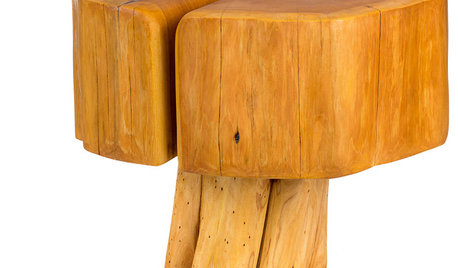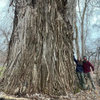What have States done about the invasiveness of the Callery Pear?
needinfo001
9 years ago
Related Stories

GARDENING GUIDESDo You Have This Invasive Plant in Your Yard?
Garlic mustard is spreading across the U.S. Here’s how to spot it and what to do
Full Story
HOUSEKEEPINGGet It Done: Clean Out the Linen Closet
Organized bliss for your bedroom sheets and bathroom towels is just a few hours away
Full Story
GREEN BUILDINGWhat's LEED All About, Anyway?
If you're looking for a sustainable, energy-efficient home, look into LEED certification. Learn about the program and its rating system here
Full Story
WORKING WITH PROSWhat Do Landscape Architects Do?
There are many misconceptions about what landscape architects do. Learn what they bring to a project
Full Story
FUN HOUZZEverything I Need to Know About Decorating I Learned from Downton Abbey
Mind your manors with these 10 decorating tips from the PBS series, returning on January 5
Full Story
HEALTHY HOMEWhat to Know About Controlling Dust During Remodeling
You can't eliminate dust during construction, but there are ways to contain and remove as much of it as possible
Full Story
GARDENING GUIDESNew Ways to Think About All That Mulch in the Garden
Before you go making a mountain out of a mulch hill, learn the facts about what your plants and soil really want
Full Story
MATERIALSInsulation Basics: What to Know About Spray Foam
Learn what exactly spray foam is, the pros and cons of using it and why you shouldn’t mess around with installation
Full Story
PRODUCT PICKSGuest Picks: Beautiful Things You Can Feel Good About Buying
Upcycled, ecofriendly or just made responsibly, these home accessories and furniture pieces will keep your conscience clear
Full Story
GARDENING GUIDES6 Plants That Beat Butterfly Bush for the Wildlife Draw
It's invasive, a nonnative and a poor insect magnet. Check out these better alternatives to butterfly bush in the garden
Full StoryMore Discussions










hairmetal4ever
j0nd03
Related Professionals
Towson Landscape Architects & Landscape Designers · Clermont Landscape Contractors · East Lake-Orient Park Landscape Contractors · Lakewood Landscape Contractors · North Highlands Landscape Contractors · Ringwood Landscape Contractors · San Benito Landscape Contractors · Vancouver Landscape Contractors · West Orange Landscape Contractors · Kennewick Siding & Exteriors · North Bellmore Siding & Exteriors · Welby Decks, Patios & Outdoor Enclosures · Des Moines Decks, Patios & Outdoor Enclosures · Gastonia Decks, Patios & Outdoor Enclosures · Miami Decks, Patios & Outdoor Enclosuresgardengal48 (PNW Z8/9)
ken_adrian Adrian MI cold Z5
edlincoln
brandon7 TN_zone7
gardengal48 (PNW Z8/9)
Embothrium
greenthumbzdude
gardengal48 (PNW Z8/9)
sam_md
Toronado3800 Zone 6 St Louis
needinfo001Original Author
hairmetal4ever
eaga